Polypropylene (PP) is a durable, cost-effective, and versatile material among commodity plastics. This lightweight thermoplastic offers superior strength and numerous applications, making it a go-to choice for designers and manufacturers.
This guide will delve into polypropylene’s properties, types, production methods, applications, and sustainability, providing an in-depth understanding for industry professionals.
Exploring Polypropylene (PP): A Brief Overview
Polypropylene (PP) is a lightweight thermoplastic that emerged in the 1950s thanks to petroleum scientists and European researchers.
Today, it ranks as the second most widely used synthetic plastic globally after polyethylene (PE). Its applications include packaging, electrical work, appliances, and construction, among other sectors. The global demand for PP plastic is substantial, and projections indicate significant growth in the coming years.
PP is popular because it balances mechanical properties, chemical resistance, and processability. This balance makes it an excellent material for various applications. Additionally, its ability to be recycled and reused enhances its appeal, especially now when sustainability is increasingly crucial.
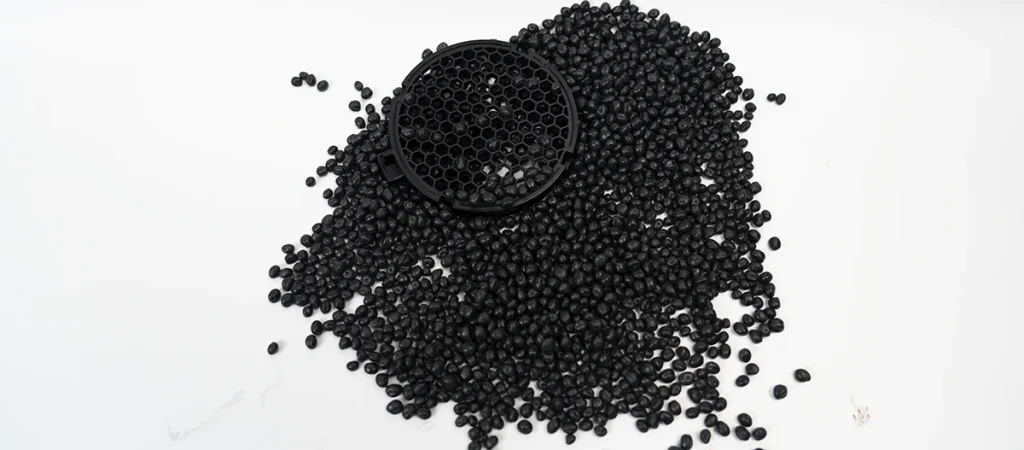
Physical and Chemical Properties of Polypropylene
General Characteristics
Polypropylene is a linear hydrocarbon polymer also known as a polyolefin. It is semi-rigid and saturated and available in fiber or plastic forms. It is white and translucent and combines high durability with lightweight properties. Notable features include low density, a slippery surface, and a low coefficient of friction.
Key Properties
Polypropylene has excellent resistance to heat, electricity, fatigue, chemicals, and organic solvents. It has high tensile strength and good impact resistance. It is also resistant to stress cracking and corrosion. Here are some critical physical and chemical properties.
Key Properties of PP Plastic
| Недвижимость | Homopolymer Range | Copolymer Range |
| Температура плавления | 160 – 165°C | 135 – 159°C |
| Плотность | 0.904 – 0.908 g/cm³ (Homopolymer) | 0.904 – 0.908 g/cm³ (Random Copolymer) 0.898 – 0.900 g/cm³ (Impact Copolymer) |
| Химическая стойкость | Excellent resistance to dilute and concentrated acids, alcohols, and bases | Limited resistance to aromatic and halogenated hydrocarbons and oxidizing agents |
| Воспламеняемость | Highly flammable | |
| Mechanical & Electrical | Retains properties at | Sensitive to microbial |
| Свойства | elevated temperatures (humid conditions, submerged in water) | attacks (bacteria, mold) |
| Steam Sterilization | Good resistance | |
In addition to these properties, polypropylene’s low moisture absorption and high water resistance make it an ideal material for applications in humid or wet environments. Its ability to maintain mechanical properties under these conditions adds to its versatility.
Types of Polypropylene
Did you know that you can customize polypropylene to fit different needs? This flexibility comes from various types of PP, including homopolymers, block copolymers, random copolymers, impact copolymers, terpolymers, high melt strength PP, and expanded polypropylene (EPP).
So, how do these types differ? Let’s explore.
Polypropylene Homopolymer
First up is polypropylene homopolymer. This type of PP is the most common and is used for general purposes. It is semicrystalline and solid, which makes it great for plastic packaging, automotive parts, and healthcare applications. Homopolymers provide a good balance of properties and are ideal when high tensile strength and rigidity are needed.
Polypropylene Block Copolymer
Next, we have polypropylene block copolymer. This type contains 5-15% ethylene, making it tough and strong with high impact resistance. These characteristics make it perfect for industrial applications that require high strength. Because of this, industries often use block copolymers in containers and automotive parts where stiffness and toughness are essential.
Polypropylene Random Copolymer
Polypropylene random copolymer includes 1-7% ethylene in irregular patterns. This gives it high flexibility and optical clarity. It is ideal for applications needing transparency. And good appearance. You will often find random copolymers in consumer products. These include clear food containers and medical applications where looks and performance are crucial.
Polypropylene Impact Copolymer
The great impact resistance of polypropylene impact copolymer is well-known. It comprises a 45–65% ethylene mixture of random copolymer and homopolymer phases. Industries design these impact copolymers to withstand mechanical stress. They may use them in pipe systems, automobile bumpers, automotive plumbing, and packaging applications.
Polypropylene Terpolymer
Polypropylene terpolymer is made of propylene ethylene, and butane. It has low crystalline homogeneity and excellent optical transparency. Because of these qualities, terpolymers are perfect for packaging films. This is particularly true when industries require clarity and strong sealing performance.
High Melt Strength Polypropylene (HMS PP)
Long-chain branches offer great melt strength and stretchability to high melt strength polypropylene or HMS PP. Because of this, it may be used in various mechanical and thermal applications and low-density foams. Industries frequently utilize HMS PP in thermal insulation foam production, packing, and car interior manufacturing.
Expanded Polypropylene (EPP)
Lastly, expanded polypropylene, or EPP, is a versatile closed-cell bead foam. It is highly impact resistant, energy absorbent, thermally insulating, and has a high strength-to-weight ratio.
Since EPP is lightweight and durable, it is excellent for automotive construction and packaging applications. Specifically, it makes automotive safety components, reusable packaging, and HVAC systems.
Polypropylene’s Wide Range of Applications
Polypropylene’s distinctive qualities and versatility make it appropriate for various applications. This includes the following.
Упаковка
Polypropylene’s chemical resistance makes it suitable for solvent containers and food containers. It is also used for clear plastic bags. Flexible and rigid packaging. Its resistance to sterilization makes this product appropriate for medical and food packaging.
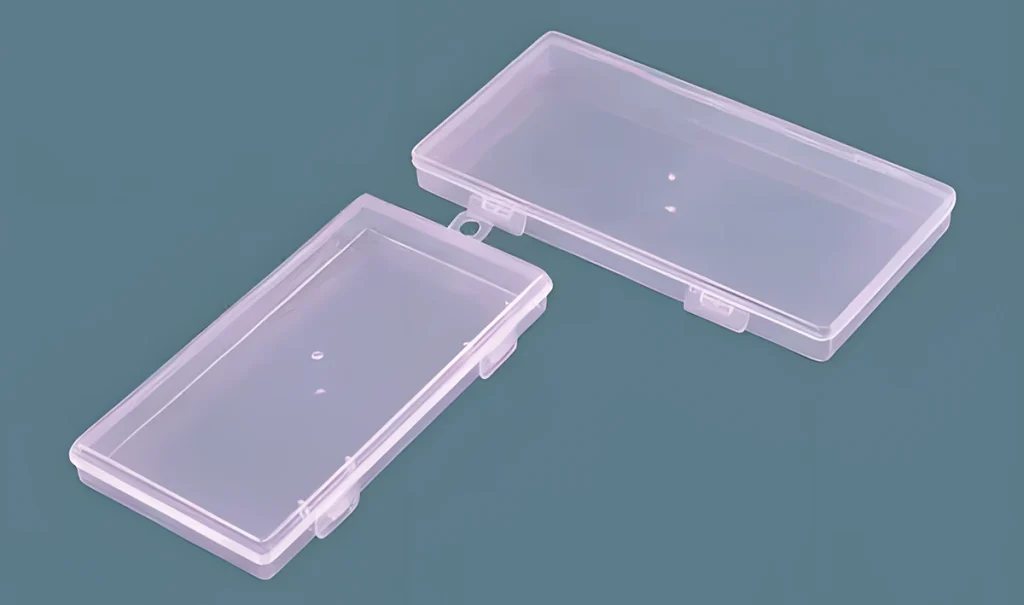
Автомобили
The automotive industry uses PP plastic for instrument panels, bumpers, door trim, and other interior plastics. PP’s lightweight property allows cars to be lighter, consequently decreasing fuel utilization and reducing emissions. That said, PP’s high-impact resistance and durability are needed for safety parts and exterior applications.
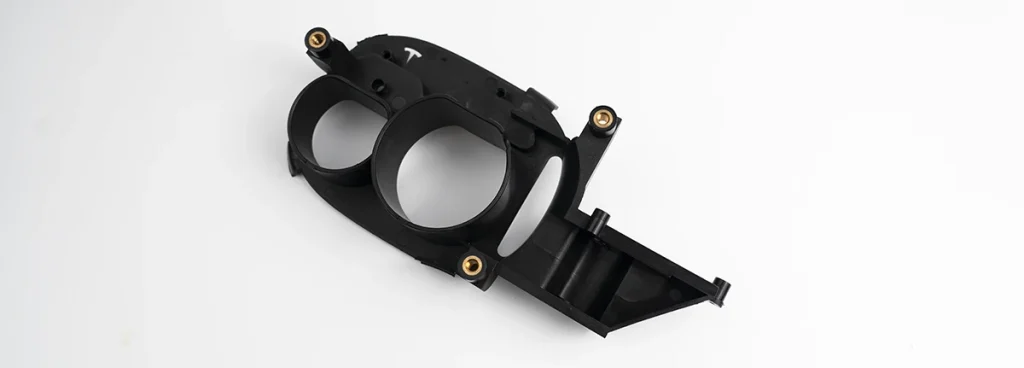
Электрика
The insulation properties of PP plastic in the electrical area, especially in the capacitance part, are still relatively high. It is used for capacitors, filling films, etc., which are outstandingly durable against high voltage and maintain good thermal stability.
Строительство
Polypropylene is used for pipes and reinforced concrete in construction because it is durable and resists stress and chemicals. Therefore, PP pipes are commonly found in plumbing, irrigation, and industrial applications. Additionally, adding PP fibers to concrete makes it stronger and reduces cracking.
Текстиль
Another popular industry that uses polypropylene fibers extensively is the textile industry, which manufactures clothing, diapers, ropes, and carpets. Because PP fibers resist moisture and mildew, they are perfect for outdoor fabrics and carpets. In the textile industry, PP fibers are valued for their durability, colorfastness, and ease of maintenance.
Медицина
In the medical sector, polypropylene is used for the manufacturing of medical devices and equipment. This is mainly because it resists steam sterilization and biological factors, making PP plastic commonly found in syringes, IV bags, and other single-use medical products. Besides these factors, PP’s inertness and low toxicity also make it suitable for direct contact with pharmaceuticals and medical fluids.
Popular Products Using Polypropylene
Контейнеры для пищевых продуктов
PP is widely used in food containers due to its:
- Resistance to heat
- Chemical inertness
- Ability to be safely used in microwaves
It is commonly found in storage containers, lunch boxes, and disposable cups and plates.
Automotive Components
PP is preferred for automotive parts such as:
- Приборные панели
- Дверные панели
- Бамперы
This preference is due to its lightweight nature, impact resistance, and ease of molding into complex shapes. The use of PP in automotive applications contributes to overall vehicle weight reduction and improved fuel efficiency.
Медицинские приборы
PP finds applications in medical devices such as:
- Шприцы
- Surgical trays
- Lab equipment
Its resistance to chemical sterilization processes and biological inertness make it suitable for these environments.
Packaging Films
PP films are used in packaging due to their:
- Ясность
- Strength
- Barrier properties
They are commonly used for snack packaging, wrapping films, and laminates. PP’s ability to be co-extruded with other materials enhances its performance in multi-layer packaging applications.
Потребительские товары
PP is used in various consumer goods, from housewares to toys. Its durability and resistance to wear and tear make it ideal for products that need to withstand regular use.
Воздействие на окружающую среду
Polypropylene production and disposal are considered more environmentally friendly than other plastics like PET. It produces less solid waste and can be recycled with minimal waste. However, only 1% of PP bottles are currently recycled, highlighting the need for improved recycling efforts.
PP produces fewer greenhouse gases during production compared to other plastics. Its long service life and recyclability further enhance its environmental profile. Efforts to increase the use of recycled PP and improve recycling rates can significantly reduce its environmental impact
Comparison with Other Polymers
Polypropylene vs. Polyethylene
While PP and PE share similarities, they also have distinct characteristics. PP plastic offers higher transparency, better mechanical properties, and higher heat resistance than PE. However, PE is more flexible and more resistant to cold temperatures.
| Недвижимость | Полипропилен (PP) | Полиэтилен (ПЭ) |
| Прозрачность | Высокий | Translucent |
| Химическая стойкость | Высокий | Умеренный |
| Температура плавления | Higher than PE | Lower than PP |
| Гибкость | Less flexible than PE | More flexible than PP |
| Плотность | Fixed | Varies with grade |
Popular Modifications of Polypropylene (PP)
Polypropylene can undergo several modifications to further enhance its properties and suitability for various applications. These modifications allow designers and manufacturers to tailor the material to meet specific requirements.
Popular Modifications of Polypropylene (PP)
Polypropylene (PP) can be modified in various ways to enhance its properties, making it more suitable for different applications. These modifications help designers and manufacturers tailor the material to specific needs, improving its overall performance and versatility.
Filled Polypropylene
Filled polypropylene involves adding materials like talc, calcium carbonate, or glass fibers to improve its mechanical properties.
- Glass Fibers: Adding glass fibers increases the strength, stiffness, and stability of PP, making it great for high-performance uses like automotive parts and industrial components.
- Talc: Talc boosts PP’s rigidity and heat resistance, which is useful for products that need to be stiffer and more heat-resistant, such as household appliances and automotive interiors.
Reinforced Polypropylene
Reinforcing PP with materials like glass or carbon fibers greatly enhances its strength and performance.
- Glass Fibers: This reinforcement makes PP stronger and stiffer, which is ideal for applications requiring robust mechanical properties.
- Carbon Fibers: Adding carbon fibers provides exceptional strength while keeping the material lightweight, perfect for high-performance aerospace and sports equipment.
Flame Retardant Polypropylene
Adding flame retardant additives to PP improves its fire resistance, which is crucial for applications where safety is a concern.
- Добавки: These additives make PP more fire-resistant but can raise environmental and health concerns.
- Eco-Friendly Options: Environmentally friendly flame retardants are becoming more popular because they have less impact and meet strict fire safety regulations.
Impact-Modified Polypropylene
Impact modifiers like elastomers or rubber are added to PP to improve its impact resistance, especially at low temperatures.
- Rubber: Adding rubber makes PP plastic tougher and more impact-resistant, suitable for automotive bumpers, toys, and packaging.
- Elastomers: These materials increase PP’s flexibility and resilience, ideal for applications needing high-impact strength and flexibility.
UV Stabilized Polypropylene
PP can be modified with stabilizers and UV absorbers to enhance its resistance to UV rays, which is essential for outdoor applications.
- УФ-стабилизаторы: These additives protect PP from UV radiation, prolonging its life when used outdoors.
- HALS: Hindered amine light stabilizers (HALS) are effective in preventing UV damage and commonly used in automotive exteriors and outdoor furniture.
Antimicrobial Polypropylene
Antimicrobial additives can be added to PP plastic to prevent the growth of bacteria and fungi, making it ideal for medical and food-related applications.
- Silver Ions: These provide long-lasting antimicrobial protection and are suitable for medical devices and food packaging.
- Organic Antimicrobials: These effectively stop microbial growth and are often used in products like cutting boards and kitchen utensils.
Conductive Polypropylene
Adding conductive fillers like carbon black or metal fibers can make PP conductive, which is useful for electronic applications.
- Черный карбон: This makes PP electrically conductive and useful for anti-static packaging and electronic housings.
- Metal Fibers: These enhance PP’s conductivity and EMI shielding, which are used in electronic and automotive components.
Expanded Polypropylene (EPP)
Expanded PP, or EPP, is a foam version with excellent cushioning, energy absorption, and insulation properties.
- EPP Beads: These are used in automotive impact protection, packaging, and insulation.
- EPP Sheets: These sheets are used in construction and packaging for their lightweight and durable characteristics.
Заключение
Polypropylene (PP) is a versatile, durable, and cost-effective material widely used across various industries. Its unique properties, coupled with its recyclability, make it a valuable material for designers and manufacturers.
Understanding PP’s types, production methods, applications, and sustainability aspects can help professionals make informed decisions and leverage this remarkable polymer’s full potential. As a result, by incorporating PP plastic into their products, designers and manufacturers can achieve a balance of performance, cost-efficiency, and environmental responsibility.
Советы: Узнайте больше о других пластиках
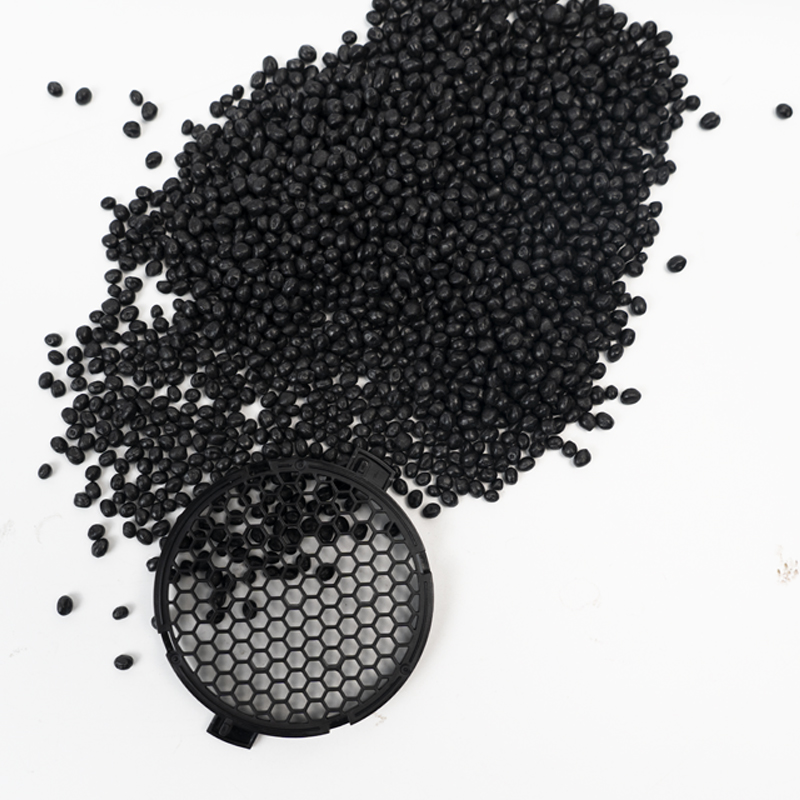


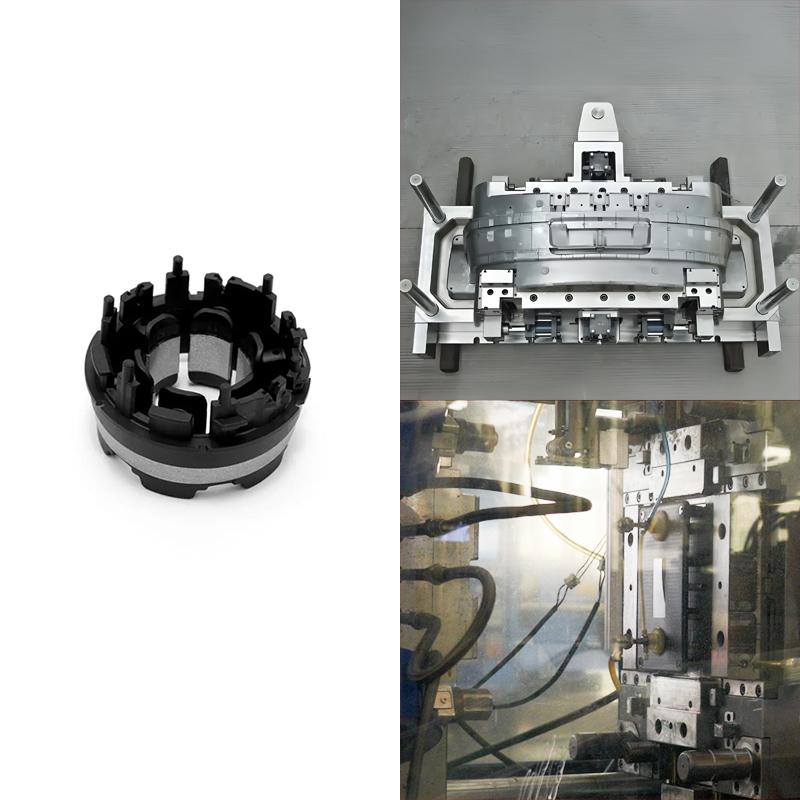
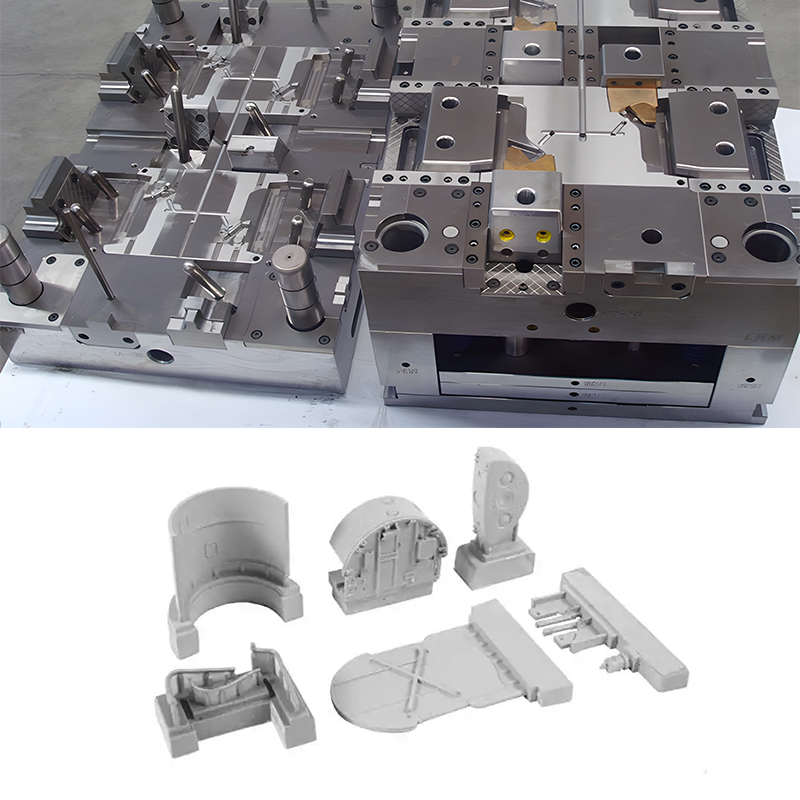
















Один ответ
Wow, this article is good, my younger sister is analyzing these kinds of things, thus I
am going to inform her.